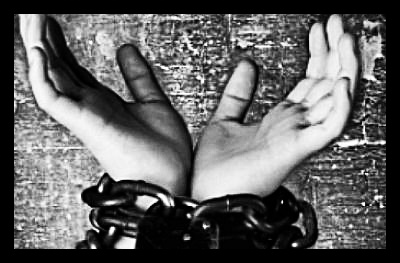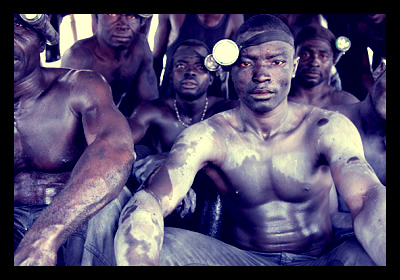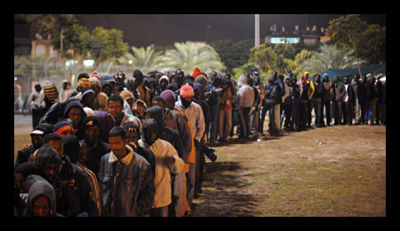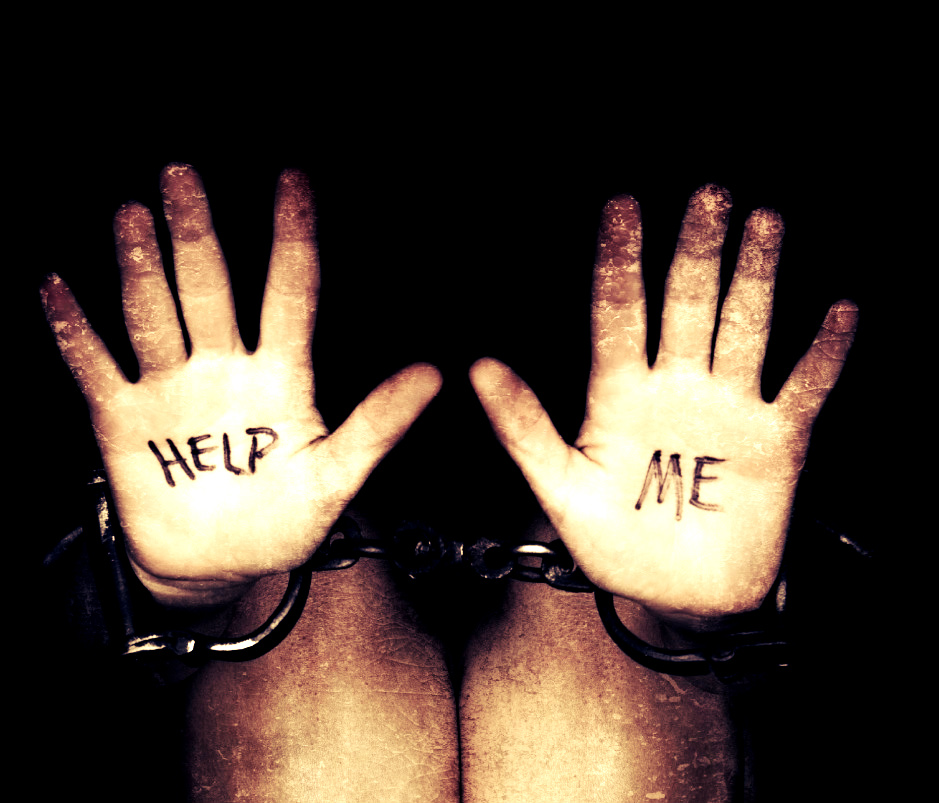
On January 14, the United States government took a strong step toward combating modern-day slavery. The White House released its Federal Strategic Action Plan on Services for Victims of Human Trafficking 2013-2017 in the United States — the first of its kind — on Monday. The Plan’s release is a timely one, as January marks National Slavery and Human Trafficking Prevention Month.
According to White House blog writer Cecilia Munoz, the Plan “describes the steps that federal agencies will take to ensure that all victims of human trafficking in the United States are identified and have access to the services they need to recover and to rebuild their lives.” The federal government anticipates increased coordination, collaboration and capacity across multiple agencies over the span of five years.
More than 15 federal agencies were involved in developing the Plan, with public feedback from concerned stakeholders; the Departments of Justice, Health and Human Services and Homeland Security spearhead the efforts.
While the ultimate aspiration – identification of and access to services for all trafficking victims – is ambitious, the Plan is broken down into four more succinct goals: align efforts at the federal, regional, state and local levels, improve understanding through amplified research and data evaluation, expand access to services via outreach and training and improve both short- and long-term outcomes for victims.
Concise methods and action steps for achieving these goals are delineated throughout the document.
Victim sensitivity and empowerment are the cornerstone of the government’s action plan. “Meaningful engagement with survivors,” states to the Plan’s core values, “in all aspects of program development, implementation, and evaluation is critical in order to develop effective service networks.”
Furthermore, the Plan will focus on increased public awareness and sustainable solutions for trafficking survivors.
Reiterating the importance of a victim-centered approach, President Obama offers an encouraging and personal sentiment in the opening pages of the release: “To those who are suffering and have suffered the horrors of human trafficking, our message remains: We hear you. We insist on your dignity.” This statement sets the tone for the goals of the Federal Strategic Action Plan and carries a message of justice to activists, advocates, victims and survivors across the country and the globe.
– Mallory Thayer
Sources: White House Blog, Office for Victims of Crime
Photo: News One








